Written by:
On a slightly sunny Tuesday in September, I logged into yet another zoom webinar for a Future of London Roundtable about parks and greenspaces . It turned out to be one of most inspiring I’ve attended so far (and there have been a lot of them).
Dr Bridget Snaith from the University of East London presented her research about usage of parks and green spaces (with the aptly named Weeds, Wildflowers & White Privilege), which questioned whether, if parks are a cultural output, and everyone who is making and managing them is white, are they whiter by design?
The headlines and articles about spatial inequality, Covid-19, and a drastic change to the way we collectively use parks, 2 along with the awareness that users of these spaces do not always reflect the demographic of the area. The statistic that 74% of under 16s in white households visit the ‘natural environment’ once a week, compared to 56% in BAME households did not exactly surprise me, but the presentation of data that shone a light as to why this might be the case certainly did.
I had certainly never considered the possibility that landscaping preferences would have such a strong connection to race, ethnicity and educational background.
According to Dr Snaith’s findings, 3 for white British people who had been to university, compared with those who had not, there is a clear preference for marshland and meadow, and less interest in more manicured spaces like St James’s Park. Whilst these more untamed, ‘natural’ looking spaces feel inviting for some, for others they can feel off-putting and unwelcoming; preferences which are reflected by the park users.
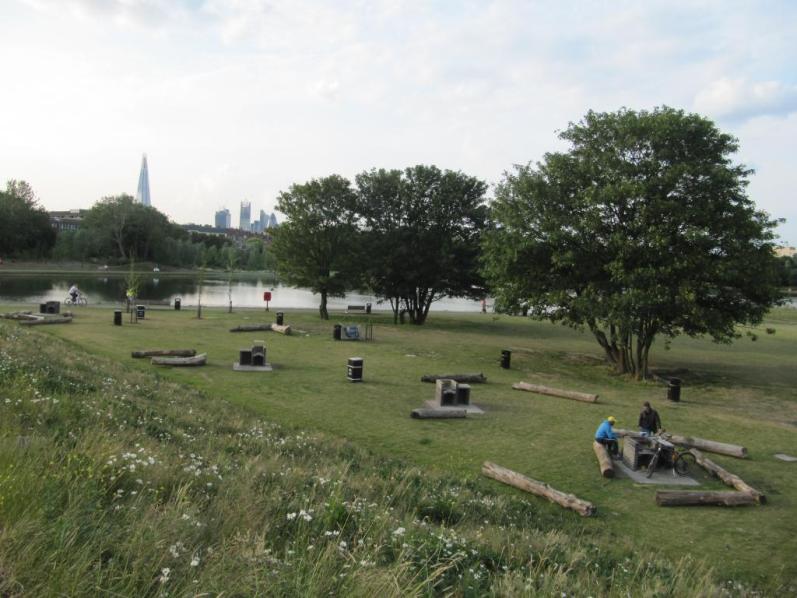
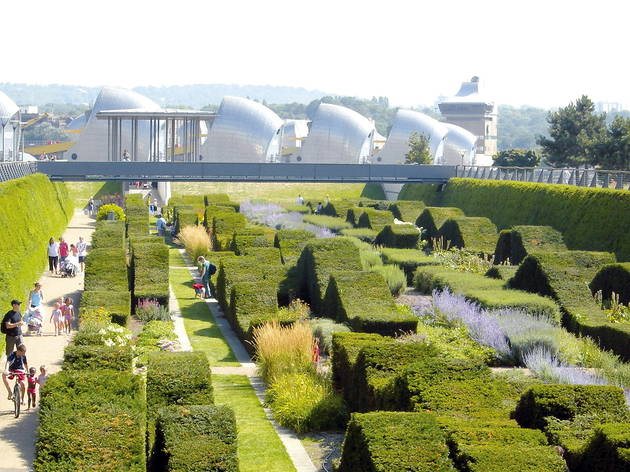
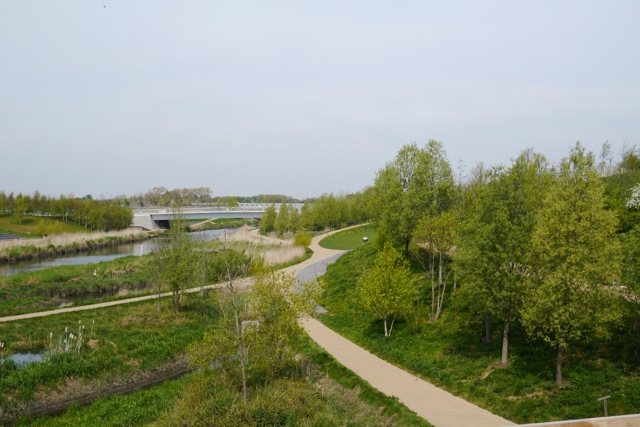
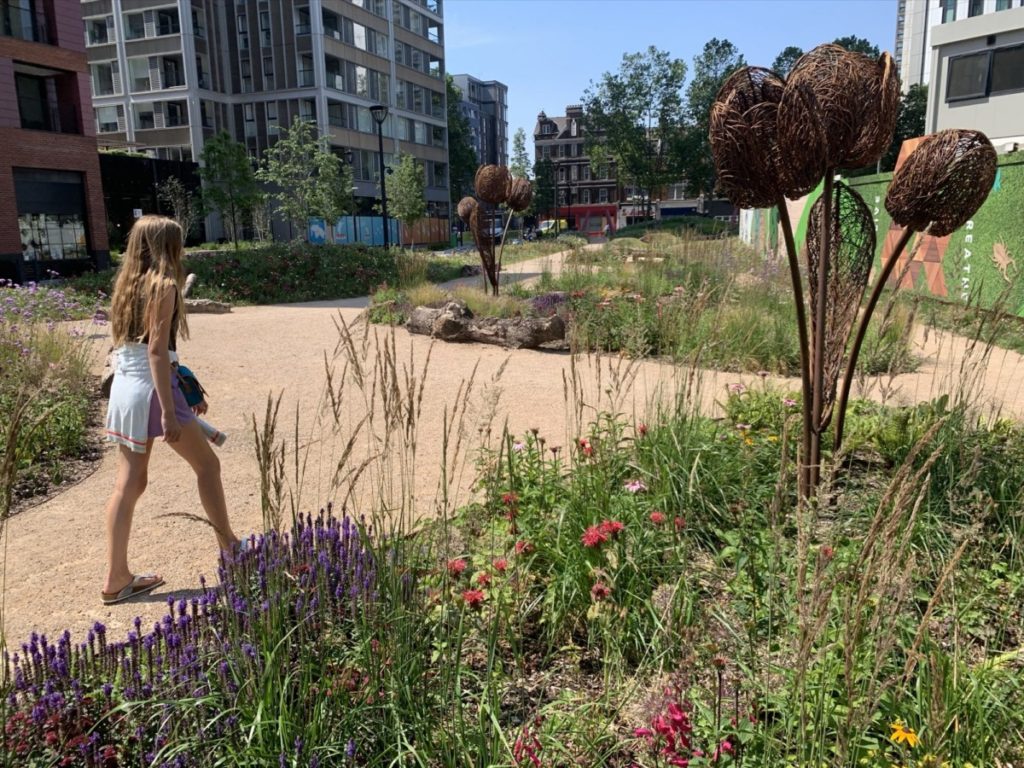
All respondents had a consistent interest in wildlife, but there is a significant variation between the intended use of parks depending on demographics, with white people reporting that going for a walk as a key driver for visiting, whilst more black people said they were more likely to want to visit for exercise. It is interesting to note that activities such as walking require far less infrastructure, and are therefore cheaper, than exercise equipment, for example.
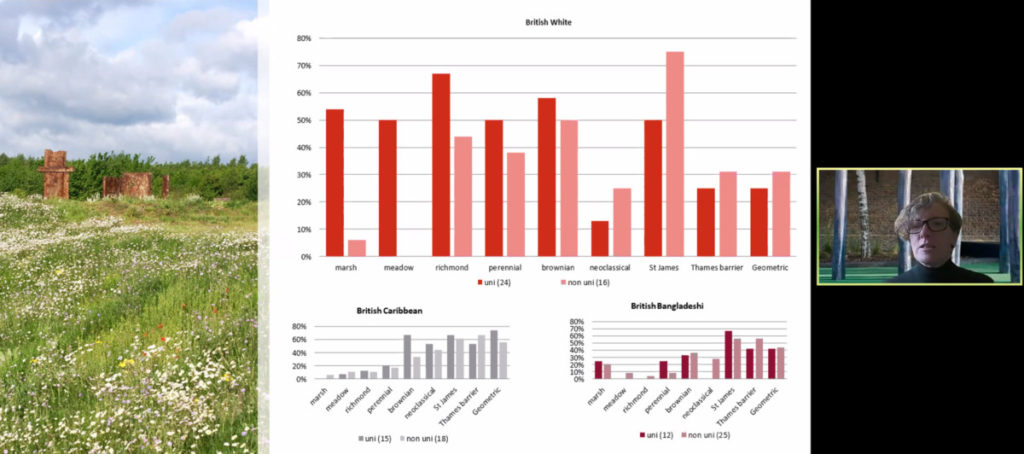
The idea of ‘legitimate taste’ in UK landscape design, which is a product of social and class-based trends, favour these white middle class preferences. The design of the Olympic Park in Stratford, or Burgess Park in South London are designed very much in the ‘legitimate’ taste, with an uncultivated feel to certain areas, and large spaces where activity feels less constrained. This is contrasted with Thames Barrier Park, which has far more of a managed feel and formal planting.
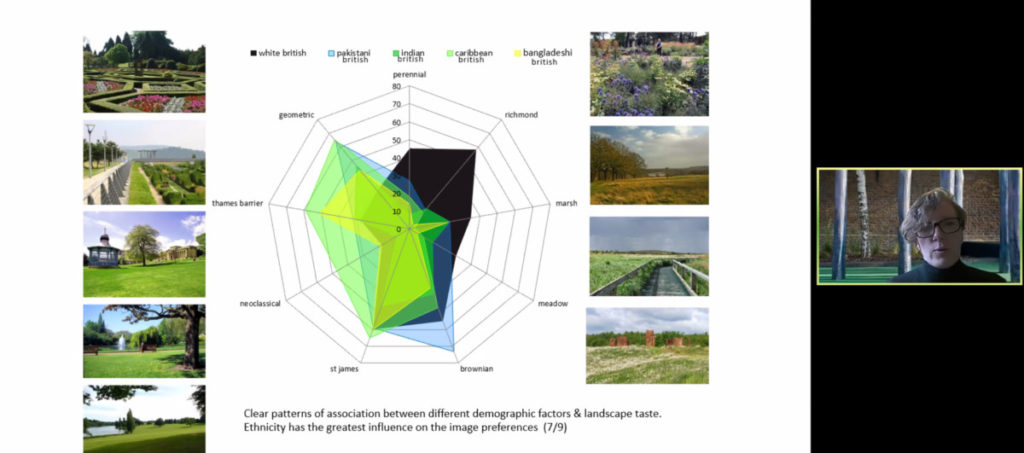
Carole Wright, a community gardener who gave a response to the presentation, noted the racial disparity in the police’s use of dispersal orders against BAME gatherings in Burgess Park during lockdown, as well as the tendency to label groups of young people as problematic. Trina Lynskey, a family consultant and Chair of a park user group in Deptford, noted that most park user group members tend to be white middle class women and alluded to barriers to participation, for example, the need to have spare time, grant-writing knowledge, and social media skills. She highlighted the tendency of said groups to gate-keep new or different activities in parks by adding a consultation barrier, particularly for initiatives which are community-led.
People do not have homogenous interests, design tastes, accessibility requirements or preferences for spending time outdoors. Therefore it is vital that as designers we actively reflect on our privileges, and seek to meaningfully engage (or preferably co-design) with a diverse and representational group of users, both current and future, to ensure our parks, open spaces and urban environments are also equitable places.
References and further reading
Roundtable: Parks and green space – does everyone feel welcome? Future of London digital event, 29.09.2020. Available to view on YouTube here.
What a Day in the Life of a Leeds Park Tells us about Modern Britain
Dr Bridget Snaith, The Queen Elizabeth Olympic Park, Whose Values, Whose Benefits?, 2015. PHD thesis available here.
Horticultural Trades Association (HTA) statistics about garden use.

